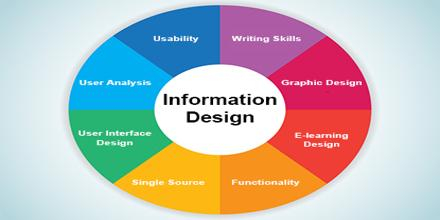
Designing information from abroad can be a challenging task, but with the right approach and tools, you can effectively create impactful and meaningful designs. Here are some steps to help you navigate the process of information design from abroad:
Understand the target audience: Begin by gaining a deep understanding of the target audience for your information design. Consider their cultural background, language, values, and preferences. Conduct thorough research to ensure your design is culturally appropriate and resonates with the intended audience.
Gather information: Collect all the necessary data and information that you need to convey through your design. This might involve researching statistics, facts, or any other relevant details that will support your message. Ensure you have accurate and reliable sources for your information.
Define the objectives: Clearly define the objectives and goals of your information design. What message do you want to convey? What actions or responses do you want to evoke from the audience? Setting clear objectives will help guide your design decisions.
Create a visual hierarchy: Information design often involves presenting complex information in a visually organised and structured manner. Establish a clear visual hierarchy by determining the most important elements and arranging them accordingly. Use visual cues such as size, colour, and placement to guide the audience's attention.
Simplify and streamline: Avoid clutter and complexity in your design. Simplify the information by breaking it down into digestible chunks. Use visuals, icons, graphs, or charts to illustrate data whenever possible. Aim for clarity and ease of understanding.
Choose appropriate visuals: Visual elements play a crucial role in information design. Select visuals that are culturally relevant and easily understood by the target audience. Be mindful of any cultural symbols or imagery that might have different interpretations in different regions.
Localization and translation: If your design involves text, ensure that it is accurately translated into the local language. Work with professional translators to maintain the integrity of your message and to avoid any misunderstandings or misinterpretations.
Test and iterate: Once you have created your initial design, test it with representatives from the target audience or seek feedback from professionals familiar with the culture and language. Iterate and refine your design based on the feedback received.
Consider accessibility: Ensure that your information design is accessible to individuals with disabilities. Follow accessibility guidelines to make your design inclusive and usable for everyone.
Collaboration and local expertise: If possible, collaborate with local designers or consultants who have expertise in the region you are targeting. They can provide valuable insights and help you navigate cultural nuances and preferences.
Remember, effective information design transcends borders by communicating with clarity and relevance. By considering the cultural context, localising content, and following good design principles, you can create impactful designs from abroad.